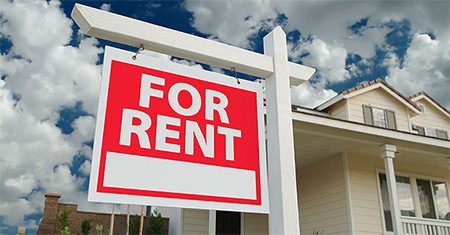Residential Lease Information
Alternate Names :
A Residential Lease is sometimes called a/an :
- Lease Agreement
- Rental Agreement
- Rental Lease Agreement
- Rental Contract
- Apartment Lease
- House Rental Agreement
- Lease Form

What is a lease?
A lease is a contract a landlord and tenant sign when a tenant wants to rent residential property or Commercial Property.
A Residential Lease Agreement is a lease agreement that is specific to residential rental properties and is used to outline the terms and conditions of a tenancy, including the rights and obligations of the landlord and tenant. It can be used for various types of residential properties, including apartments, houses, condos, duplexes, townhouses, and more.
What is included in a Residential Lease Agreement?
Landlords using GreatOwners Residential Lease have the option of using a standard or comprehensive agreement.
Standard rental leases generally include:
- Contact information for the landlord and tenant
- Property details
- Lease specifics
- Rent payment details and security deposit
- Rental privileges and responsibilities for the landlord and tenant
With GreatOwners comprehensive rental agreement, landlords are also able to:
- Specify if the property is furnished or not.
- Identify a property manager who will look after the property on the landlord's behalf
- Incorporate a pet deposit or fee
Both the tenant and the landlord should keep a copy of the signed agreement for their records.

Who needs a Residential Lease Agreement?
When entering into any type of residential rental agreement, you should ensure that you have a valid contract to plan your rights and responsibilities as a landlord or a tenant.
Various individuals or organizations may find this document useful, such as:
- Homeowners looking for tenants
- Tenants looking for a home to rent
- Individuals renting residential property to family and/or friends

